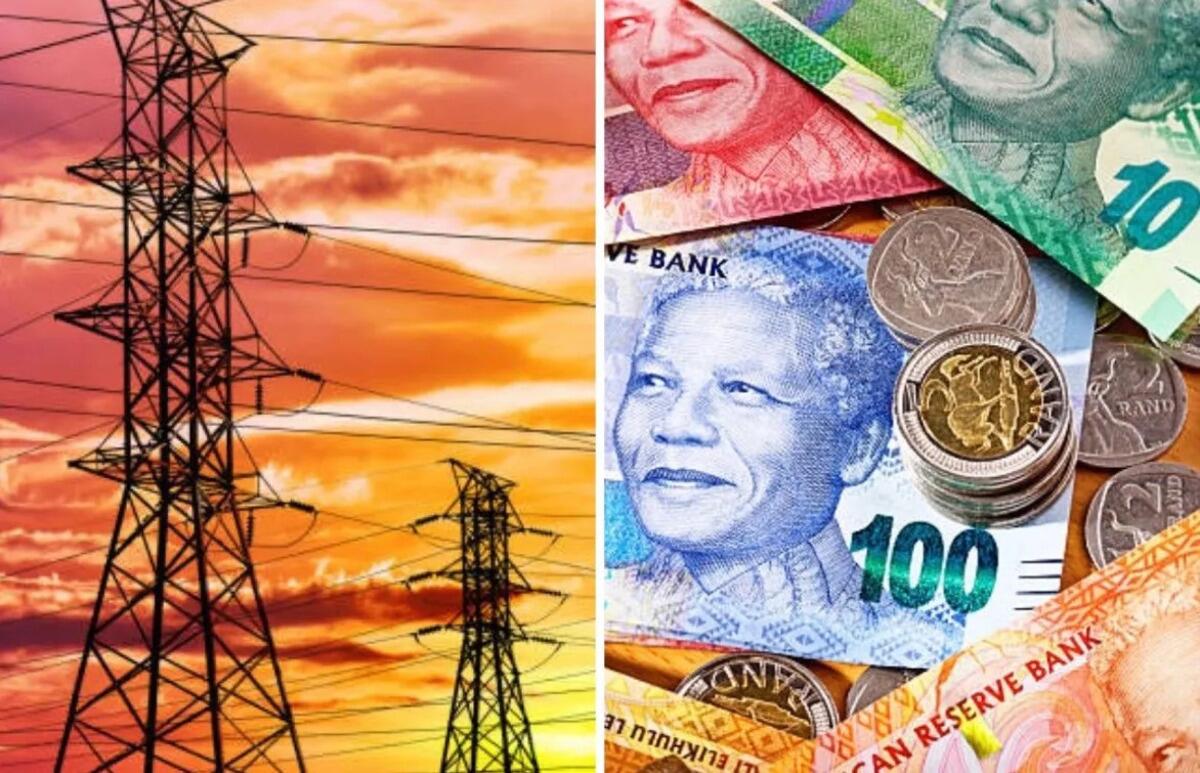
South Africans face steeper electricity price hikes than expected
SA consumers must prepare for steeper-than-expected electricity tariff hikes in 2026 and 2027 after a miscalculation in the pricing process.

South African consumers should brace for steeper electricity price hikes in 2026 and 2027 after the National Energy Regulator of South Africa (NERSA) admitted it made a critical error in its tariff calculations.
Earlier this year, NERSA approved Eskom’s electricity price increases for the Sixth Multi-Year Price Determination (MYPD6) cycle.
However, a data input error in depreciation and the Regulatory Asset Base (RAB) caused NERSA to significantly underestimate the power utility’s revenue needs.
Original vs Revised Increases
Initially, NERSA had approved the following electricity tariff hikes:
- 2025/26: 12.74%
- 2026/27: 5.36%
- 2027/28: 6.19%
After Eskom filed a judicial review highlighting a R107 billion revenue shortfall, NERSA re-examined the figures and admitted to a R54 billion gap over the three-year period, mainly caused by the depreciation error and the mishandling of asset rollovers.
Revised Price Hikes
As part of a settlement agreement – which still awaits court confirmation – NERSA has now agreed to phased additional increases to cover the shortfall:
- 2026/27: +3.40 percentage points → New increase: 8.76%
- 2027/28: +2.64 percentage points → New increase: 8.83%
The remaining balance from the R54 billion shortfall will be recovered during the next MYPD cycle.
Consumer Impact and Inflation Concerns
The revised increases for 2026 and 2027 will strain already struggling households, even though the current financial year (2025/26) remains unaffected.
Since inflation is expected to average 3.5% in 2025, these electricity hikes will outpace inflation and risk fueling further price pressures.
Analysts warn the hikes could complicate the South African Reserve Bank’s goal of keeping inflation at 3%, especially as rising living costs continue to weaken consumer confidence and spending.
NERSA said it will phase in the increases to avoid sudden tariff shocks while securing Eskom’s financial stability.
Critics, however, argue that the added burden exposes systemic inefficiencies and weak regulatory oversight that ultimately hurt consumers.
